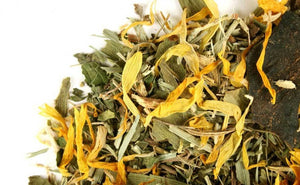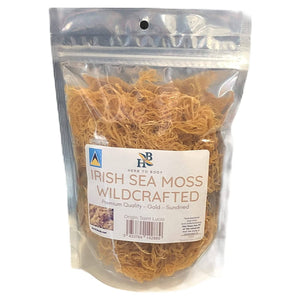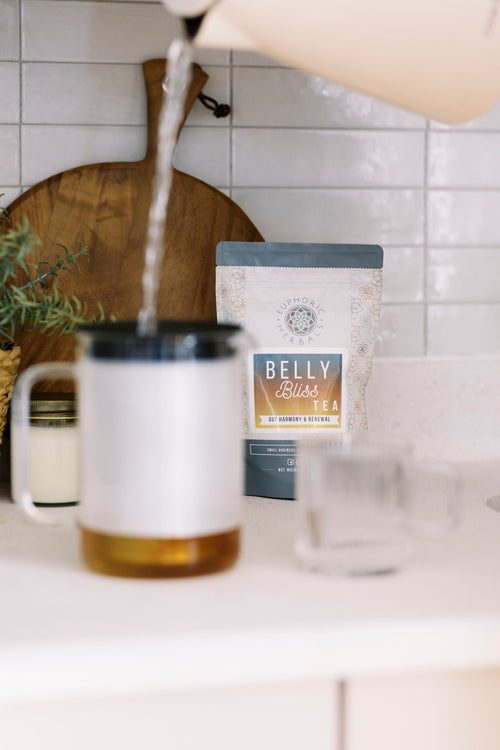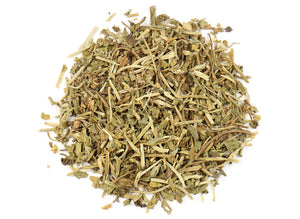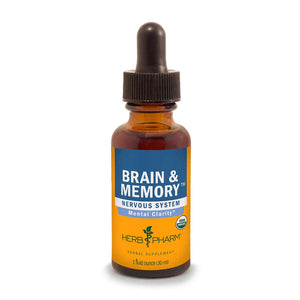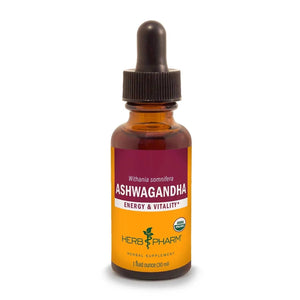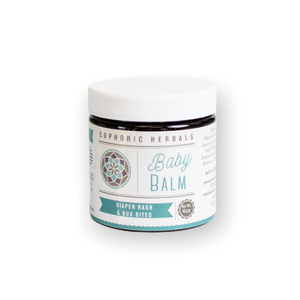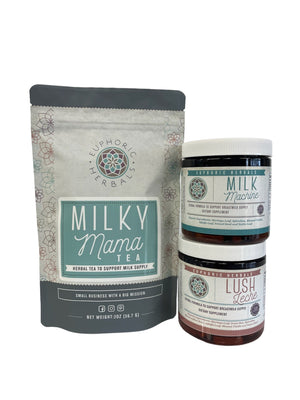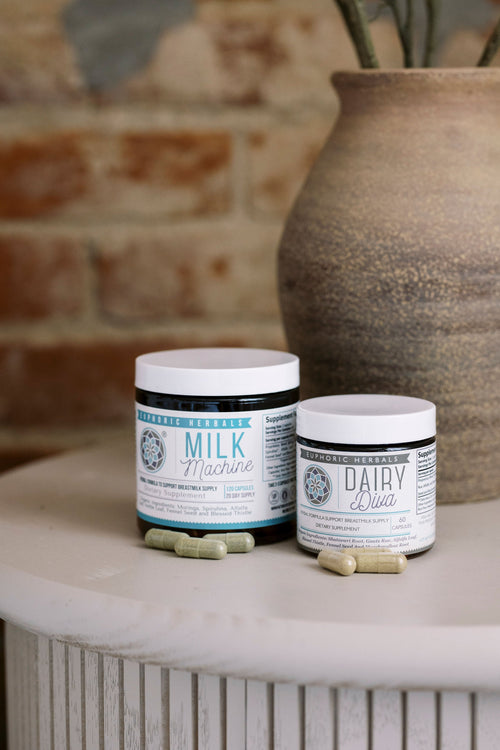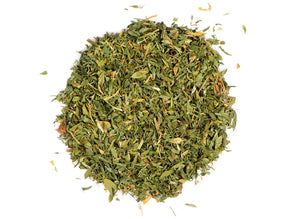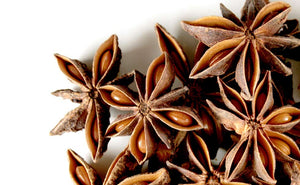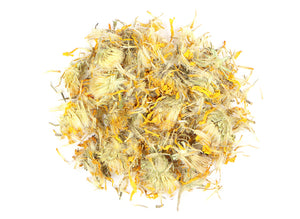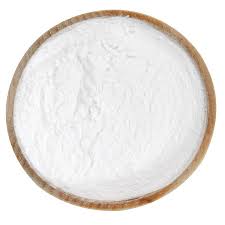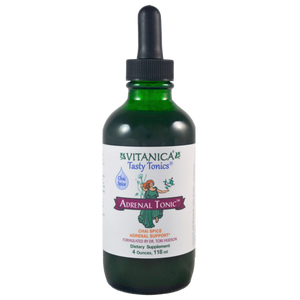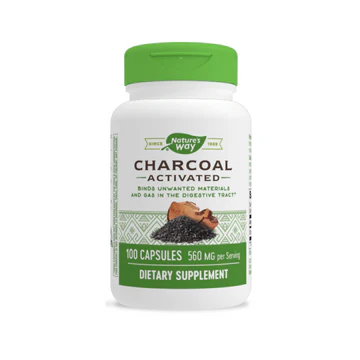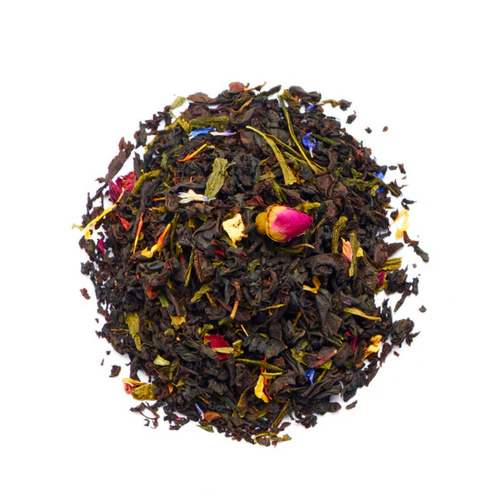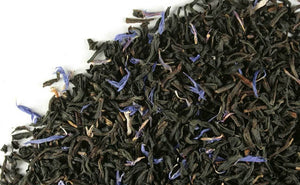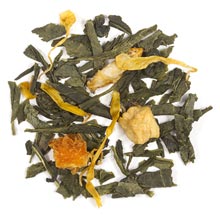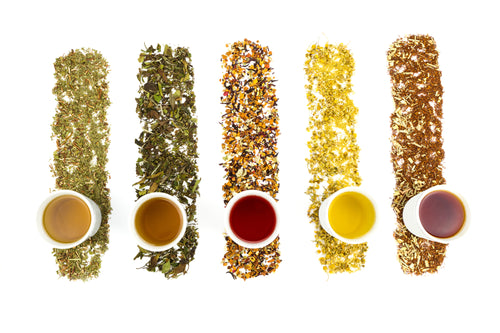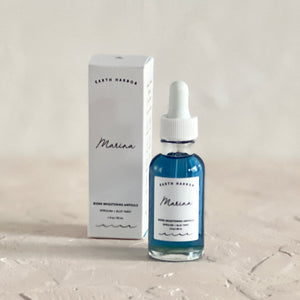Comfrey is a healing herb that has been used since ancient times. While it may not be as familiar a face as plants like lavender, comfrey still has many uses and benefits today.
Coming from the Latin for "knit together," comfrey was known as "knitbone," an herb that healed broken bones and other wounds. It's still used mainly externally for healing skin, muscles, and joints.
Here's more about comfrey, the top uses for it, and why you'd want to add this herb to your medicinal lineup.
What Is Comfrey?
Comfrey is a perennial shrub originally native to regions of Asia, North America, and Europe. Symphytum officinale, or common comfrey, can grow up to 5 feet tall with large, hairy leaves.
There are several different types of comfrey with the most commonly grown being the Russian variety, Symphytum x uplandicum. The plants prefer to grow in shaded areas (a perfect herb for a shade garden) and bloom with blue, purple, yellow, or white flowers.
Medicinally, both the leaves and roots of comfrey are used.
The root contains a large amount of mucilage, which is beneficial for irritated and inflamed tissues. The plant also contains two important compounds, allantoin and rosmarinic acid, that encourage new cell growth, relieve pain, and reduce inflammation. (1)
Most often, comfrey is used externally (mainly due to concerns over toxicity with internal use).
If you grow comfrey, the fresh roots and leaves are powerful healers, However, you can also keep the dried herb on hand to use in topical remedies.
Benefits & Uses for Comfrey
Skin and Bone Healing
Traditionally, comfrey has been hailed as the herb to help speed the healing of broken bones. It was also used to heal wounds and other skin problems. (2)
Poultices made from comfrey leaves have been used for centuries to help mend broken bones, sprains, and bruises. The exact healing method is unknown but effective.
Much of its skin healing power is thought to come from a compound called allantoin, which encourages new skin cell growth and collagen production. (1)(5) Several studies have confirmed its power to heal abrasions when used topically. (3)

In fact, comfrey can speed up skin and tissue repair so much that some herbalists don't recommend it for deep wounds. This is because it can cause the skin to repair over top of the wound before the inner part of the wound has time to heal. (4)
However, you can safely use it as an ointment or poultice on minor cuts or wounds that have already closed up. Just be sure the cut is completely clean before applying comfrey.
To make things easier, try this Super Salve containing comfrey for cuts, scrapes, burns, and more.
Healing for Other Skin Issues
Along with wound healing, one of the top uses for comfrey is to heal other skin irritations and conditions.
Comfrey can soothe skin problems like rashes, eczema, bug bites, and sunburn. It can be made into a wash for irritated skin, used as a poultice, or made into a salve or cream.
Part of comfrey's skin healing power comes from the fact that it's a demulcent herb. This means that on contact with water (or another liquid), it will form a protective, mucilaginous layer that relieves inflamed tissues.
The allantoin in comfrey also plays a big role by promoting skin repair and protection. This, along with a high antioxidant content, soothes irritations and promotes healthy skin. (6)
Comfrey is even gentle enough to be an ingredient in this Baby Balm salve that can be used for everything from diaper rash or eczema to dry skin or cradle cap.
Reduces Pain and Inflammation
Apart from its ability to help regenerate tissue and skin cells, comfrey has been used for wounds and injuries because of its pain-relieving and anti-inflammatory effects.

The root especially has been "clinically proven to relieve pain, inflammation and swelling of muscles and joints," but the leaves can also be effective. (7) A comfrey ointment even outperformed a common pain-reliever (diclofenac gel) to relieve pain from sprained ankles. (8)
These benefits likely come in part from the rosmarinic acid found in comfrey that has analgesic and anti-inflammatory properties.
You can use comfrey in a topical preparation to relieve back pain, muscle and joint aches, and even arthritis pain. It's also an ingredient in this herbal sitz bath that relieves soreness and brings healing right after giving birth.
Are There Uses for Comfrey Internally?
For many years comfrey was taken internally as a tea for respiratory conditions like asthma, coughs, and bronchitis as well as internal bleeding and ulcers.
However, recent scientific studies found that comfrey contains compounds called pyrrolizidine alkaloids (PAs). While certain types of PAs have beneficial properties, other types can be toxic, especially to the liver.
Comfrey was found to contain the type of pyrrolizidine alkaloids (PAs) that could potentially be toxic to liver health. As a result, the FDA banned comfrey from use in dietary supplements and advised against internal use in 2001.
There is still a lot of debate about this decision because of the way the studies were performed. Many herbalists pointed out that the studies involved isolating PAs and injecting them at very high concentrations into rats. Chemicals behave differently when used in isolation rather than as a part of the whole herb, especially at high doses.
Other small studies that gave oral preparations of comfrey root to rats and mice found no toxic effects on liver health. (9)
While opinions are still divided on this topic, it's probably best to error on the side of caution. You can already get many of the top benefits of comfrey by using it externally without needing to use it internally.
Other Precautions
The main precaution is to stick with comfrey for external uses only to avoid any danger of liver problems from pyrrolizidine alkaloids.
However, people with liver disease or a history of alcohol abuse may wish to avoid using comfrey even externally.
Comfrey Uses at Home
Now that you know about the benefits of comfrey for healing and pain, how can you use it at home?
If you have fresh comfrey leaves, you can use them to make a poultice to go over scrapes, bruises, or sunburn. Just chop and crush the leaves so that the juices from the plant start to make a paste. Apply to the desired area and use gauze or muslin to hold it in place.
Dried comfrey can also be used to make salves and ointments.
To get the skin-healing and pain-relieving benefits of comfrey, try these products:
- Super Salve- good for all kinds of scrapes, bites, and bruises
- Baby Balm- gentle and healing
- Herbal Sitz Bath- reduces soreness and heals right after giving birth
- Newborn Herbal Bath- gentle and soothing for a newborn (and mama)






